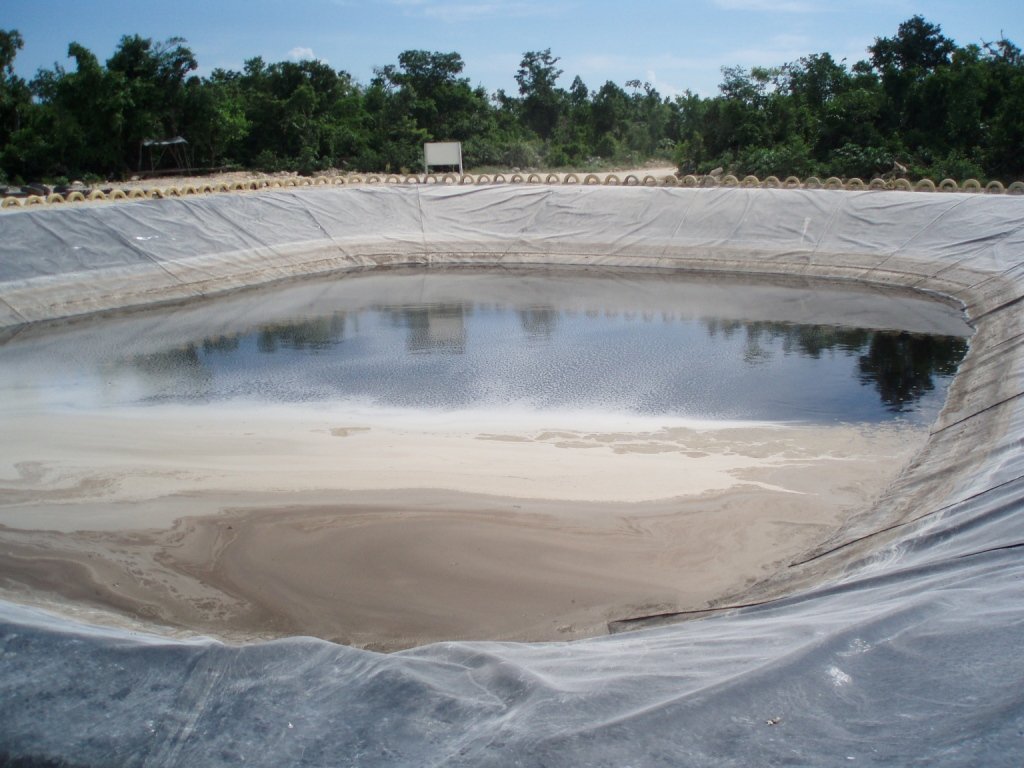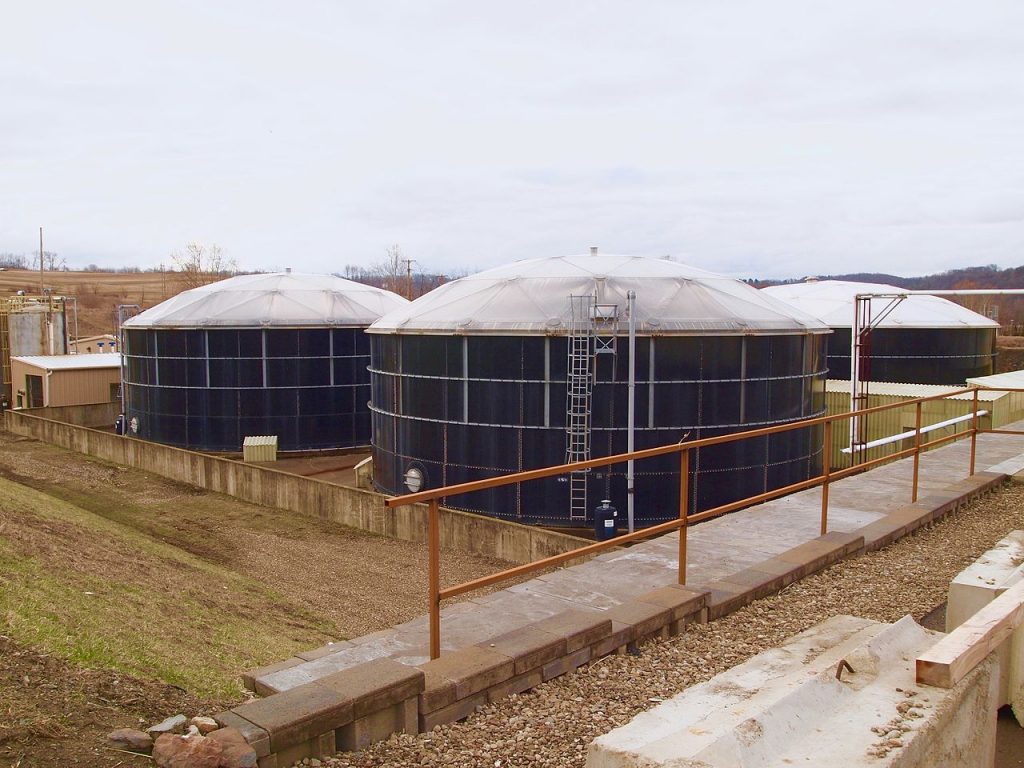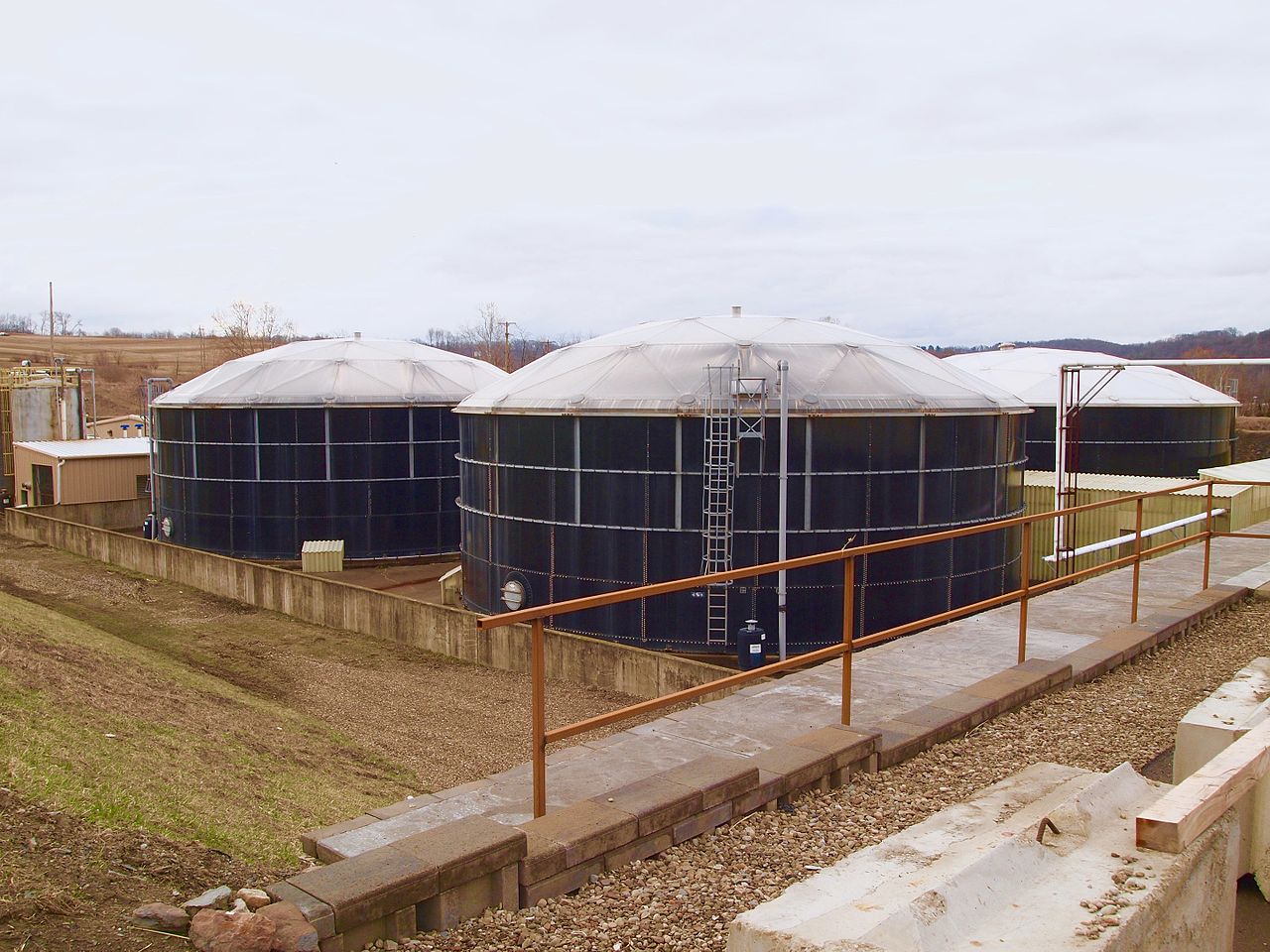New research from the U.S. Geological Survey (USGS) details that even after the storage and-or treatment of leachate — liquid waste that moves through or drains from a landfill — it can still contain a multitude of chemicals and reflects the diverse nature of residential, industrial and commercial waste discarded into landfills in the United States.

A leachate evaporation pond in a landfill site located in Cancún, Mexico
The paper, authored by USGS scientist Jason Masoner and colleagues, appears in a recent edition of Environmental Toxicology and Chemistry and confirms what goes into landfills via human disposal isn’t necessarily trash’s final resting place.
This national-scale study collected and analyzed treated and stored liquid waste samples from 22 landfills across the United States looking for 190 contaminants of emerging concern (CECs) including pharmaceuticals, hormones, household products, and industrial chemicals and follows a previously published USGS landfill study that assessed leachate prior to any storage and-or treatment (i.e. untreated liquid waste).
“The importance of moving our landfill research from examining untreated liquid waste to treated and stored liquid waste is that the treated product provides a much better understanding of chemical concentrations that are actually being put into the environment by landfills,’’ Masoner said. “Such input pathways include discharge to streams, seepage into groundwater, diversion to wastewater treatment plants, and even on-site spraying or irrigation.’’

Leachate processing / equalization tanks used in leachate treatment before releasing to a river.
Enjoying our insights?
Subscribe to our newsletter to keep up with the latest industry trends and developments.
Stay InformedTreated and stored liquid waste samples contained 101 of the 190 CECs analyzed for this study, with such CECs being found in every leachate sample collected with as many as 58 chemicals detected in a single sample. Observed concentrations ranged from as low as 2 parts per trillion (ng/L) for estrone (natural hormone) to as high as 17,200,000 ng/L for bisphenol, a chemical with a wide variety of uses such as in plastics and thermal paper.
A detailed comparison of CEC concentrations between landfills that were included in both USGS studies (i.e. untreated liquid waste versus treated and stored liquid waste) found that levels of CECs were significantly less in treated and stored liquid waste compared to untreated liquid waste samples.
Nevertheless, treated and stored liquid waste still contained a complex mixture of CECs with the largest levels exceeding 1,000,000 ng/L, according to the study.
“This research is the first step in understanding environmental exposures to contaminants originating from liquid wastes in landfills,’’ said Mike Focazio, coordinator for the USGS Toxics Substances Hydrology Program.





















